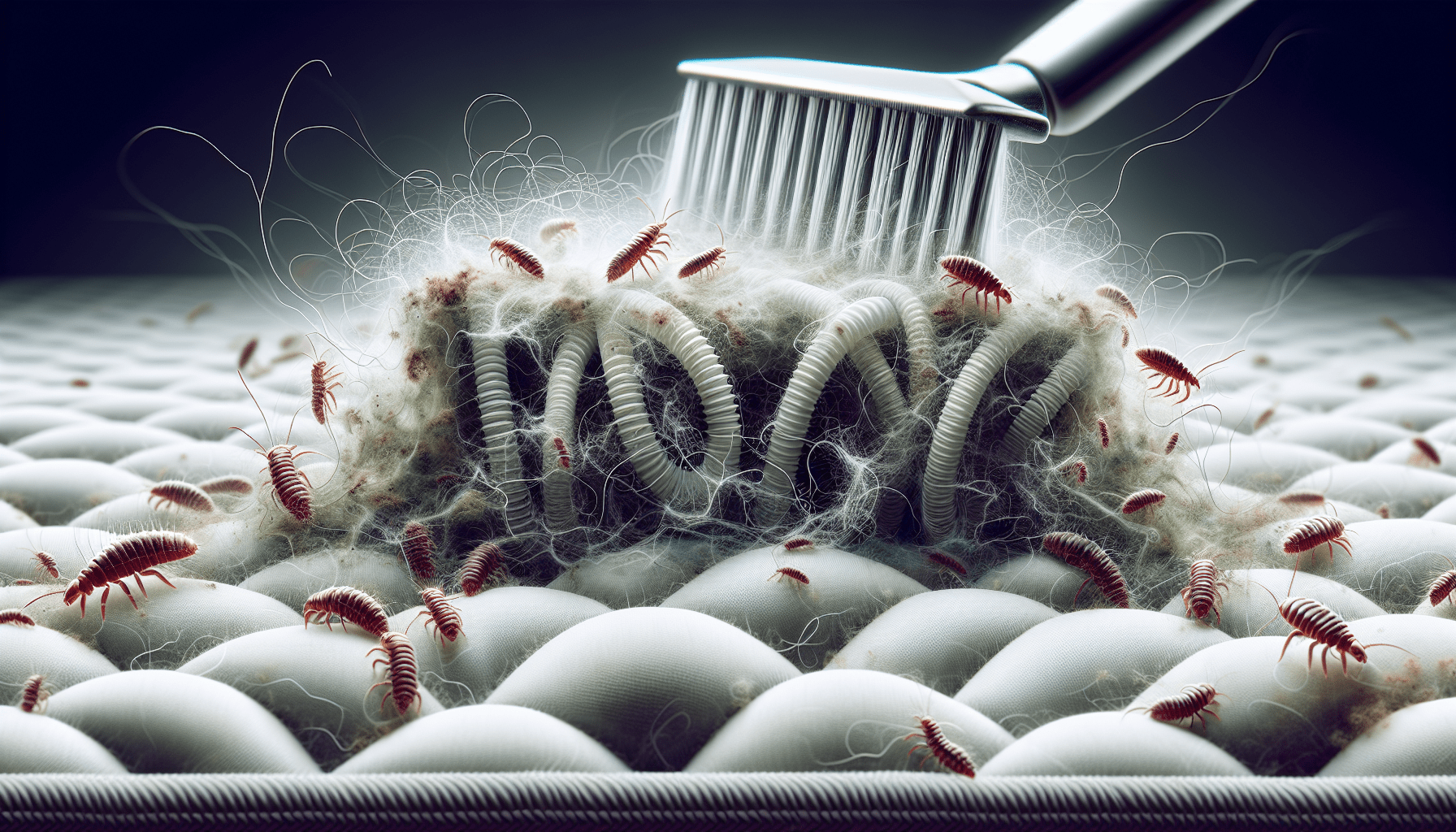Welcome to the informative article on a common question many people have: “Do scabies hide in mattresses?” If you’ve ever wondered whether these pesky mites could be lurking in your bedding, you’re in the right place. In this article, we’ll explore the truth about scabies and mattresses, including where these tiny parasites may be hiding and how to prevent infestations. Let’s uncover the facts together and put your mind at ease. Do scabies hide in mattresses?
Have you ever experienced intense itching that seems to get worse at night? If so, you may be dealing with scabies, a common skin infestation caused by tiny mites. One question that often comes up when dealing with scabies is whether or not these pesky parasites can hide in your mattress. In this comprehensive guide, we will explore the answer to this question and provide you with everything you need to know about scabies and how to effectively treat and prevent them.
What are scabies?
Scabies is a highly contagious skin infestation caused by the Sarcoptes scabiei mite. These microscopic mites burrow into the skin, where they lay eggs and reproduce, leading to intense itching and a pimple-like rash. Scabies is commonly spread through close personal contact with an infected person, making it a common problem in crowded environments such as nursing homes, childcare centers, and prisons.
Understanding the life cycle of scabies mites
Scabies mites have a life cycle that includes several stages: egg, larva, nymph, and adult. Female scabies mites burrow into the skin to lay eggs, which hatch into larvae that eventually mature into nymphs and adults. The entire life cycle of a scabies mite lasts around 10-17 days, during which time the mite causes intense itching and irritation to the host.
Can scabies mites hide in mattresses?
One of the common misconceptions about scabies is that the mites can live and hide in mattresses. While scabies mites can survive off the human body for up to 72 hours, they are unlikely to infest mattresses or other bedding. Scabies mites thrive in warm, humid environments close to the skin’s surface, making your body the ideal habitat for these pesky parasites.
Why scabies mites don’t typically infest mattresses
Scabies mites are adapted to live on human skin, where they feed on blood and reproduce. Unlike bed bugs, which infest mattresses and other furniture, scabies mites do not have the same ability to survive away from the host for extended periods. In most cases, scabies mites will not survive long outside of the human body, making it unlikely that they would choose to hide in mattresses.
How to prevent scabies infestations
While scabies mites may not typically infest mattresses, it is still essential to take steps to prevent infestations and reduce the spread of scabies. Here are some practical tips to help you avoid scabies infestations:
Practice good hygiene
Maintaining good personal hygiene is crucial for preventing scabies infestations. Regularly bathing with warm water and soap can help remove any mites that may have attached to your skin. Be sure to wash your hands frequently, especially after coming into contact with someone who has scabies.
Avoid close contact with infected individuals
Scabies is highly contagious and can easily spread through close personal contact with an infected person. If you know someone who has scabies, avoid close contact until they have been effectively treated to prevent the spread of the mites.
Wash bedding and clothing regularly
To prevent the spread of scabies mites, wash all bedding, clothing, and towels in hot water and dry them on the highest heat setting. This can help kill any mites that may be present and reduce the risk of re-infestation.
Treat your home
While scabies mites don’t typically infest mattresses, it is still a good idea to treat your home to prevent re-infestation. Vacuuming carpets and furniture, washing curtains, and cleaning regularly can help reduce the risk of scabies infestations in your home.
How to treat scabies infestations
If you suspect that you have scabies, it is essential to seek treatment promptly to prevent the spread of the infestation. Here are some common treatments for scabies infestations:
Topical medications
Topical medications are the most common treatment for scabies infestations. These medications, such as permethrin cream or lindane lotion, are applied directly to the skin to kill the mites and their eggs. It is essential to follow the instructions provided by your healthcare provider when using these medications to ensure effective treatment.
Oral medications
In some cases, oral medications may be prescribed to treat severe or persistent scabies infestations. These medications, such as ivermectin, work by killing the mites and preventing them from reproducing. Be sure to follow your healthcare provider’s instructions when taking oral medications for scabies.
Home remedies
Some people may choose to use home remedies to treat scabies infestations, such as tea tree oil or neem oil. While these remedies may have some antibacterial and antifungal properties, they are not a substitute for medical treatment. If you choose to use home remedies for scabies, be sure to consult with your healthcare provider first.
Conclusion
While scabies mites are unlikely to infest mattresses, it is still essential to take steps to prevent infestations and effectively treat them if they occur. By practicing good hygiene, avoiding close contact with infected individuals, and seeking prompt treatment, you can reduce the risk of scabies infestations and protect yourself and your loved ones from these pesky parasites. If you suspect that you have scabies, be sure to consult with your healthcare provider for a proper diagnosis and treatment plan. With the right approach, you can effectively manage scabies infestations and enjoy healthy, itch-free skin.
